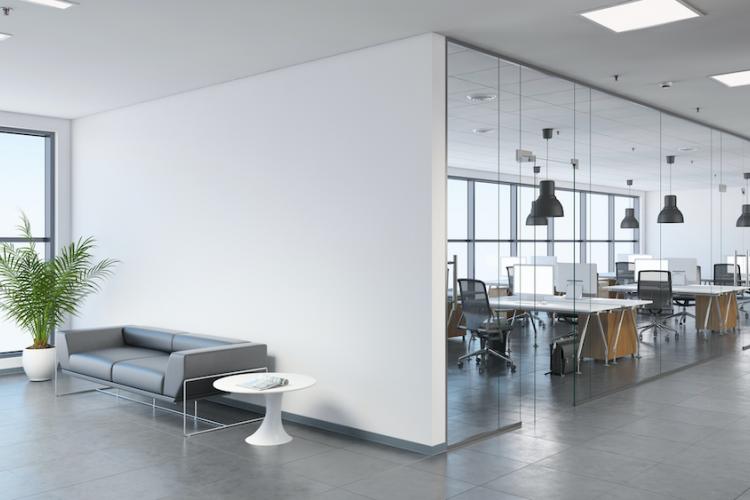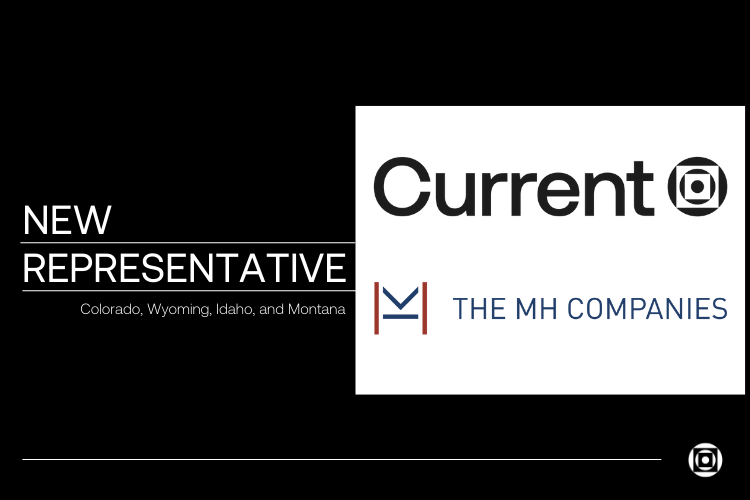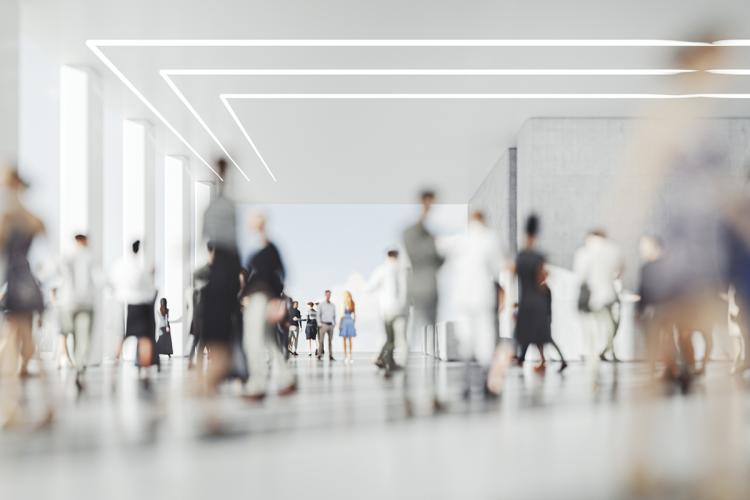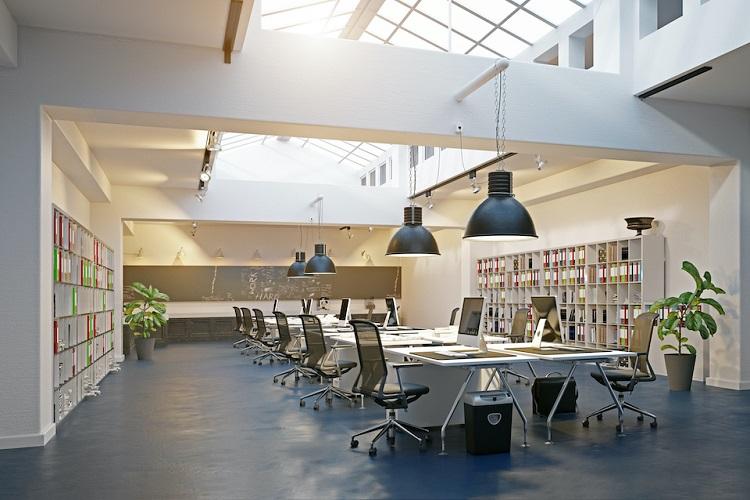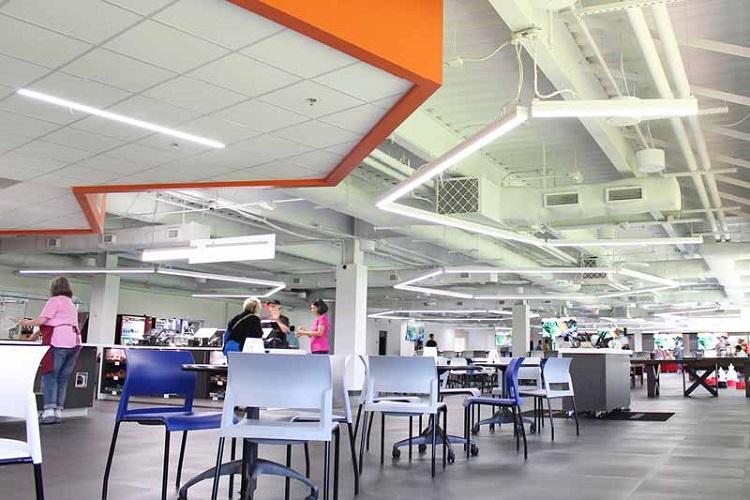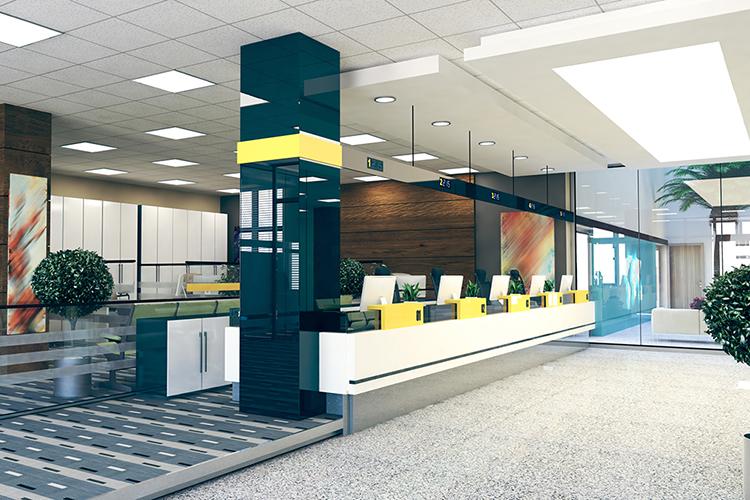Commercial Office Design Trends to Watch in 2021
Commercial Office Design Trends to Watch in 2021
2020 was a heck of a year for the commercial real estate industry. Despite a few bright spots like third-party logistics, industrial and warehouse, most sectors within the CRE markets took a shellacking, with residential, restaurant, retail and office properties getting the worst of it.
COVID-related closures threw many in the real estate industry into semi-permanent damage control mode for the past year. The pandemic transformed the way we eat, recreate, live and work—perhaps permanently. But business and industry are adaptive by nature, including the professionals that design, build, maintain and manage commercial office buildings.
In 2021 we're likely to several sea-changes in office design trends. Here’s a glimpse at what the year ahead may bring.
Heightened Budget Concerns
Office tenants are going to be more budget-conscious in 2021. Flashy flagship properties may have value in terms of projecting an image of success and power, but they also represent a significant capital outlay for firms—one that they may no longer view as an absolute necessity. Aesthetic concerns will likely take a backseat to a focus on accommodating a new way of working without a huge budget, and above all creating efficient spaces that can help companies reduce their bottom line.
Efficiency Gains More Essential Than Ever
Amidst tighter budgets, office designers and real estate managers will need to find ways to offer more value to tenants. With capitalization rates (the rate of return for commercial office property investments) sitting at 6.67% for urban office buildings and 7.91% for suburban office buildings prior to the pandemic, margins are not exactly spectacular in the sector. To maintain their edge, firms will have to leverage efficiency—both in terms of how they operate their businesses and the design features they offer to tenants. This leads us to the next office design trend…
Leveraging the IoT to Create Value for Tenants
According to Security Today, we can expect to see 35 billion sensors and devices utilizing the Internet of Things installed by the end of 2021. Data-driven insights from IoT devices inform business decisions on the highest levels, including how firms utilize office space. IoT devices are used in numerous smart building applications, such as self-adjusting and optimizing HVAC systems, efficient commercial LED lighting and commercial lighting control systems.
These networks can also be used in conjunction with existing building systems like security cameras, electrical equipment and even automated restroom maintenance. Networked controls can help businesses better understand how their spaces are used, help reduce energy and utility costs and contribute to gains in employee productivity. IoT solutions will continue to see adoption as a critical feature for commercial office buildings of all shapes and sizes in 2021 and beyond.
Embracing Digital Meeting Trends
As the needs of companies and their workers change, office design will have to change as well. Designers, and the firms and managers they work with, would do well to adopt a flexible attitude towards how spaces are used, and to meet firms where they are at right now—not where they were pre-pandemic. This means taking into account the rapid and widespread adoption of virtual meetings and events, video chats and a general reduction in face-to-face meetings.
Amazingly Agile Workspaces and Team-Focused Workspaces
COVID-19 is not going to last forever. At some point, companies are going to want to reap the creative and financial benefits that come from a dedicated team of professionals working in a supportive office setting. Agile workspaces take this into account, and agile-minded designers focus on creating dynamic and flexible spaces that allow workers to move freely through the office, their movements determined by their current work-related tasks, as well as the goals and milestones set by their team.
Agile workspaces are incredibly team-oriented, and most design plans call for designated zones, each with a different focus. For instance, there might be a team meeting zone, where members of different teams within the organization can meet one on one, maybe a quiet zone for heavy thinking and focused work, or a collaboration zone where workers can bounce ideas off of each other, even if they're working on different projects.
In the near future, designers will have to take social distancing needs into account. But the productivity gains seen from person-to-person and team-to-team meetings cannot be ignored, and agile workspaces will continue to be a critical facet of office design in 2021.
Learn more about how you can maximize office efficiency and functionality with Current. Contact us today.


